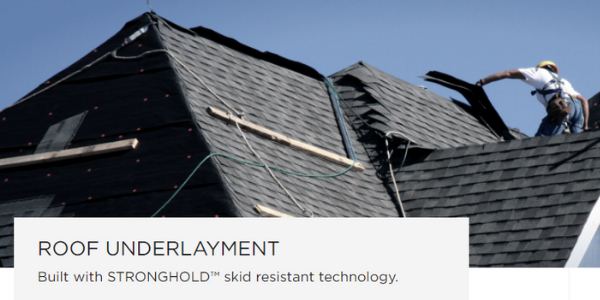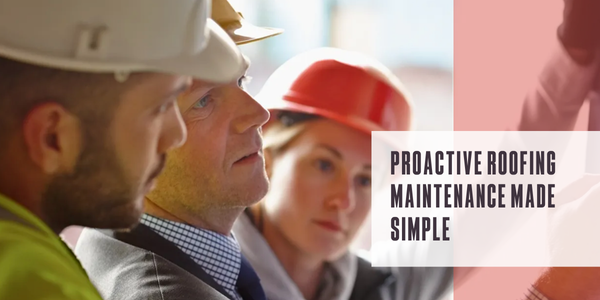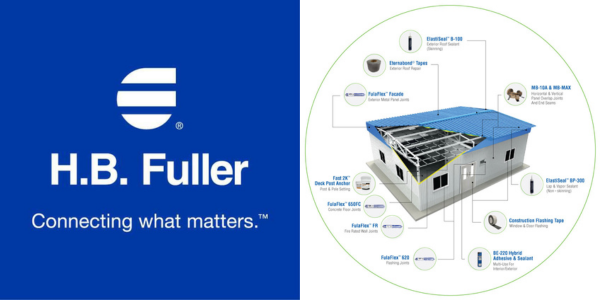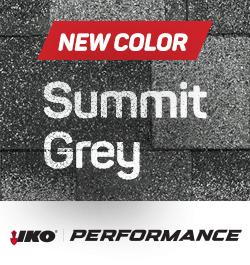A Synthetic Underlayment Solution That Resists Tears at The Fastener Head

By Cass Jacoby, RCS Reporter.
Learn why STRONGHOLD™ skid-resistant technology makes all the difference in an underlayment.
Randy Knox grew up in the construction industry. He worked with his dad, who was a framer, and at 27 went into sales, eventually working his way up to a manufacturer job. “Now I'm with a company called IPG or Intertape Polymer Group. They purchased a building products brand about a year ago, called PALISADE™,” says Randy. “I started with them back in September and we're building an entire building products portfolio around the Palisade name.”
Randy says that the STRONGHOLD™ skid-resistant technology is what really sets Palisade underlayment's apart from the competition.
“We coat the back of the underlayment with a tacky surface that whenever it's pressed up against the plywood, it creates friction that will cause the back of the surface to grab to the OSB or plywood,” says Randy. “And on the top, we mechanically attach dots on the surface that give it the grip for the bottom of your shoes so that high-traction combined with the pressure that you put on with the underlayment gripping of your shoes, you don't slip and slide.”
This innovation is revolutionary, as it creates less of an opportunity for the underlayment to tear at the fastener head, which could create a long-term leak for the underlay. “Whenever you're walking on a roof, of course, as you step off and start to come off your toes, you kind of pull the product if it's not tacked down good to the surface of the plywood,” says Randy. “The fastener heading creates a place for a leak.”
“That's really been one of the big problems with synthetics,” agrees Heidi J. Ellsworth. “When people are walking on it, it's already been mechanically fastened, it tears and you have the leak.”
“If you have to leave it exposed over time, you have possibility of water penetrating into the roof,” explains Randy. “Also, if a shingle blows off or you have a metal leak, it's better to have all your underlayments properly attached so they don't leak as a secondary barrier against the water infiltration into the house.”
This technology helps contractors differentiate themselves with homeowners and crew members alike, as it offers increased traction and safety. A high-quality roofing underlayment not only provides a better waterproofing layer for the homeowner, it also ensures a faster, easier and safer installation for the contractor.
Learn more about PALISADE in their RoofersCoffeeShop Directory or visit www.palisadebuild.com.
-2025-xtv-mls-tour-2.png)




















Comments
Leave a Reply
Have an account? Login to leave a comment!
Sign In